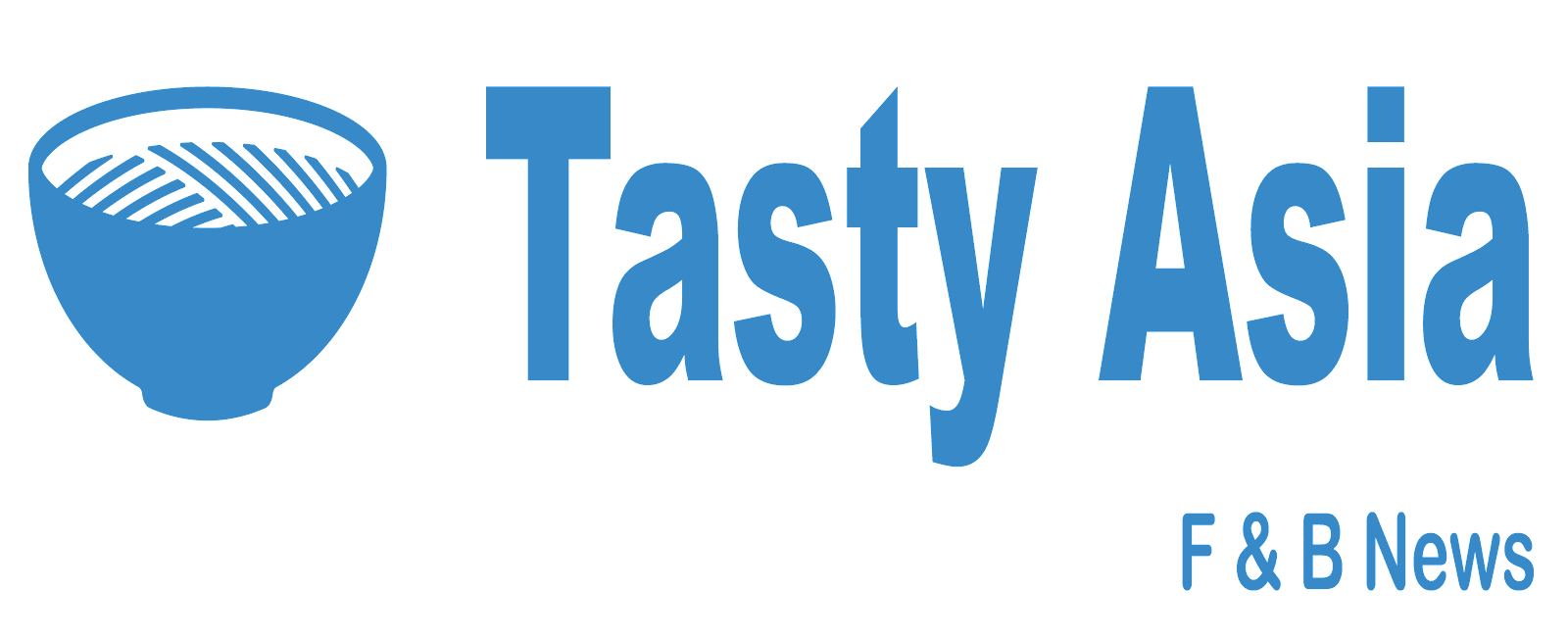The benchmark price index for food commodities rose in September, led by vegetable oils and cereals, according to a report from the Food and Agriculture Organization (FAO) of the United Nations. FAO’s Food Price Index averaged 97.9 points during the month, up 2.1% from August and 5.0% higher than its value in September 2019.
Affected by the rising prices include food commodities such as cereal now priced 13.6% higher than a year ago. FAO said higher wheat price quotations led the increase. Higher prices were spurred by brisk trade activity amid concerns over production prospects in the southern hemisphere as well as dry conditions affecting winter wheat sowings around Europe. Maize prices also rose, responding to lower production prospects in the European Union and a downward revision of carryover supplies in the USA. Global sorghum and barley prices rose as well, while those of rice subsided.
Meanwhile, the FAO Vegetable Price Index rose 6.0% in September. It hit an eight-month high as quotations for palm, sunflower seed and soy oils all rose in step with firm global demand.
But not all food commodities experienced rising prices. The FAO Meat Price Index declined 0.9% from August, partly influenced by China's decision to ban imports of pig meat from Germany. The ban took effect after African swine fever (ASF) was detected among wild boars. The FAO Sugar Price Index declined as well to 2.6%. The decline was mainly in reaction to expectations of a global sugar production surplus in the coming season, driven by a significant production recovery in India and strong output anticipated in Brazil.
The FAO Dairy Price Index, on the other hand, was almost unchanged during the last month. As moderate increases in the prices of butter, cheese and skim milk powder were offset by a fall in whole milk powder quotations. (Image from Unsplash)


Post a Comment